
For Immediate Release
YateBTS developer Legba and bladeRF creator Nuand have announced a partnership to connect 3.5 billion people worldwide with no access to a mobile connection
Contact: David Burgess, CEO of Legba, Inc.
Website: leg.ba
Email: [email protected]
(Apr 30, 2014 – NEW YORK ) – The partnership brings together Legba‘s YateBTS open source software for 2.5G networks with Nuand’s bladeRF software de ned radio platform, based on Lime Microsystems‘ fully programmable RF transceiver technology. This has resulted in the release of YateBTS 3.0 providing a complete end to end solution.
The software defined radio technology builds on proven military implementations and seeks to bring the technology into affordable public mobile networks for the 3.5 billion people who currently are without any wireless connectivity.
Key Facts:
- The affordable bladeRF board has an entirely programmable FPGA and a large community of developers. It uses Lime’s field programmable RF transceiver to deliver a simple, high performance and low cost software defined radio board.
- The partnership among Legba, Nuand and Lime Microsystems proves traditional mobile networks can be expanded and made more affordable by innovative solutions.
Supporting Quotes
“This technology redefines the development and sales model with close partnership among silicon vendors, ODMs and software developers becoming the new way of building solutions. Our collaboration shows that innovative and cost optimised wireless networks could be implemented to provide mobile coverage to countless communities that is not economically viable using the existing solutions,” Ebrahim Bushehri, CEO of Lime Microsystems.
“I am happy to announce the collaboration with the creators of bladeRF – a low-cost, open source software defined radio – and with Lime Microsystems, the developers of the highly flexible field programmable RF chip. bladeRF’s features have allowed us to integrate and fully program it in our YateBTS products.” David Burgess, CEO of Legba, Inc.
“I am very pleased to announce that Nuand, Legba and Lime Microsystems have partnered in an endeavour which enables researchers and professionals to take advantage of bladeRF within the YateBTS products. Our shared philosophies have allowed us to deliver a mature solution for mobile operators.” Robert Ghilduta, CEO of Nuand, LLC
About Legba and SS7Ware
Legba, Inc. (www.leg.ba) provides innovative infrastructure for mobile operators.
Nuand, LLC (www.nuand.com) developed a low-cost, open source USB 3.0 software defined radio platform.
Lime Microsystems (www.limemicro.com) specialises in field programmable RF (FPRF) transceiver ICs for the next generation of wireless broadband systems.
Legal Notices
YateBTS is a trademark of Legba, Inc. bladeRF is a trademark of Nuand, Inc.
===

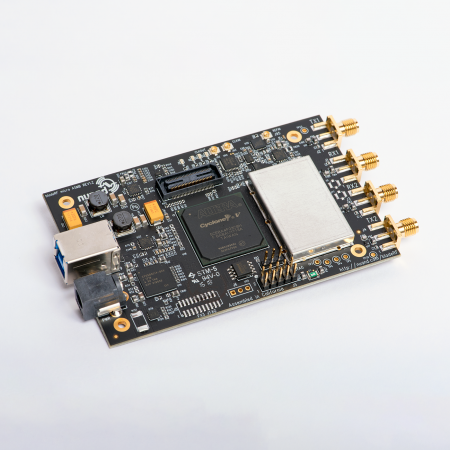
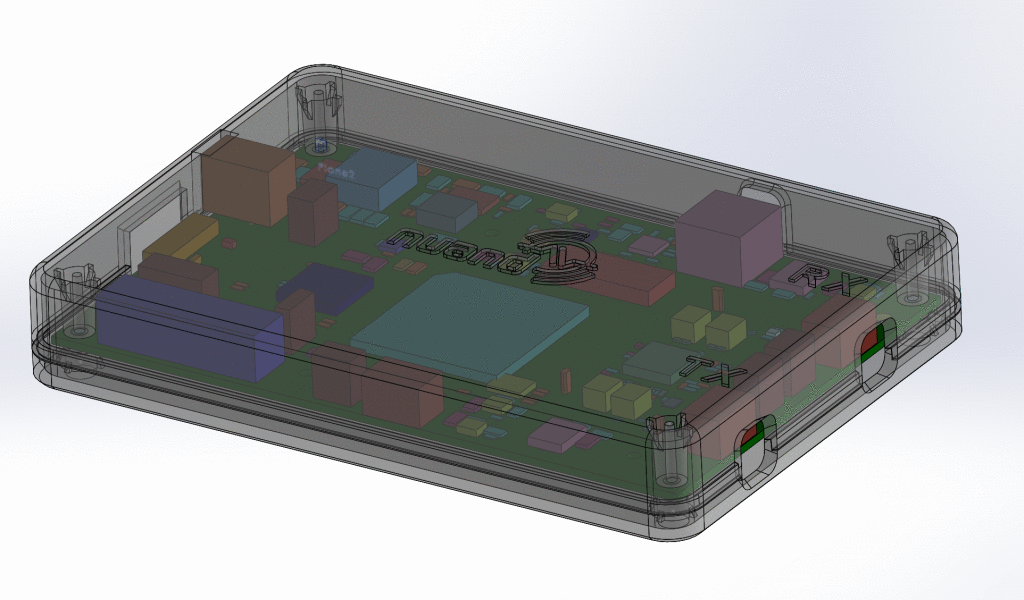
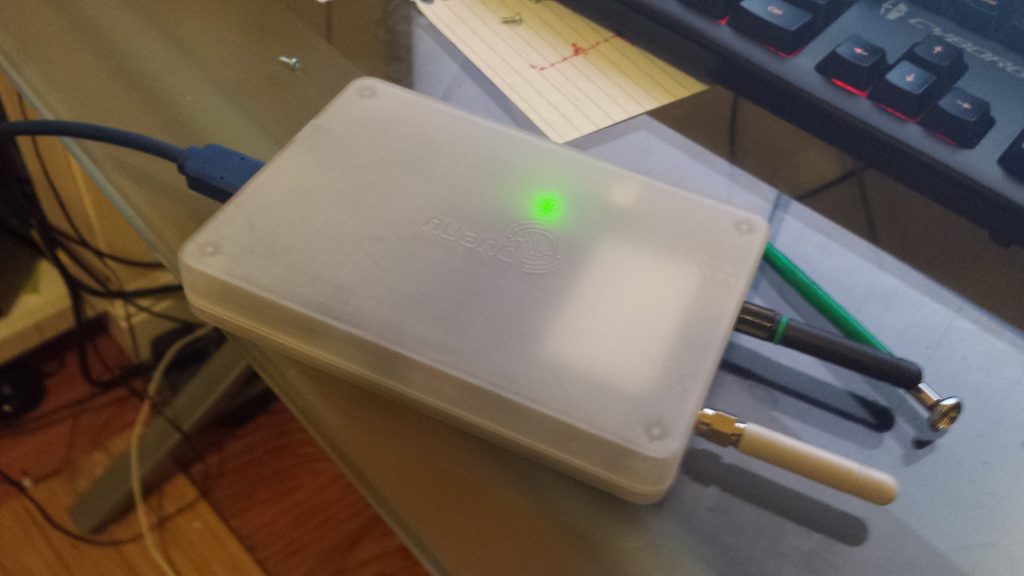
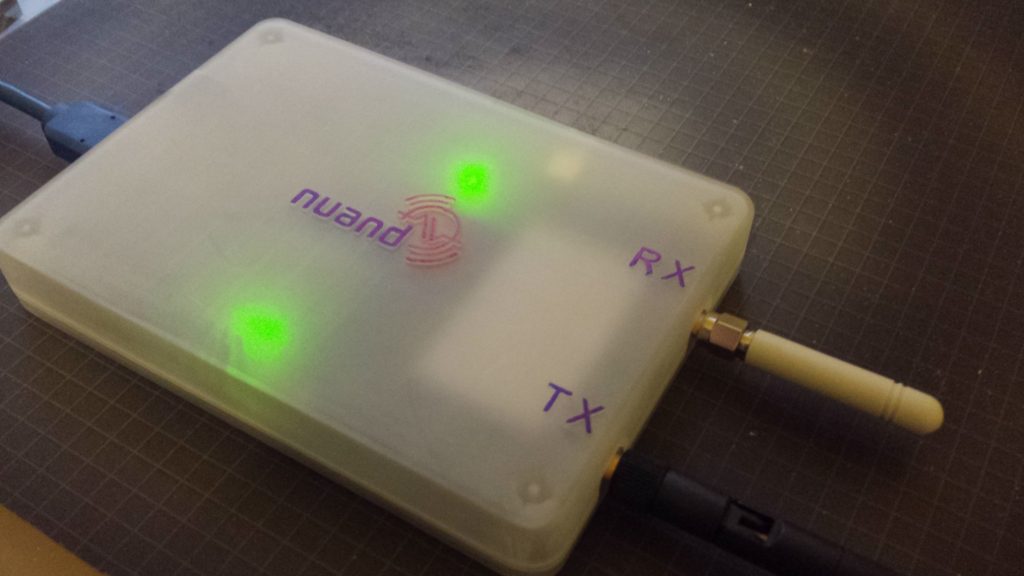
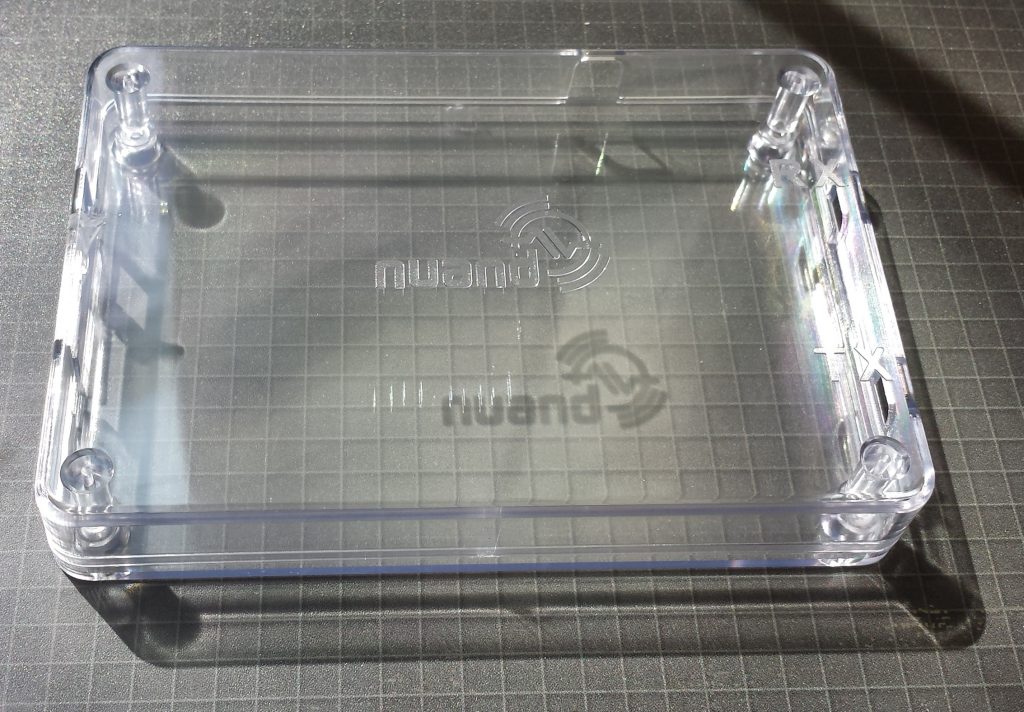
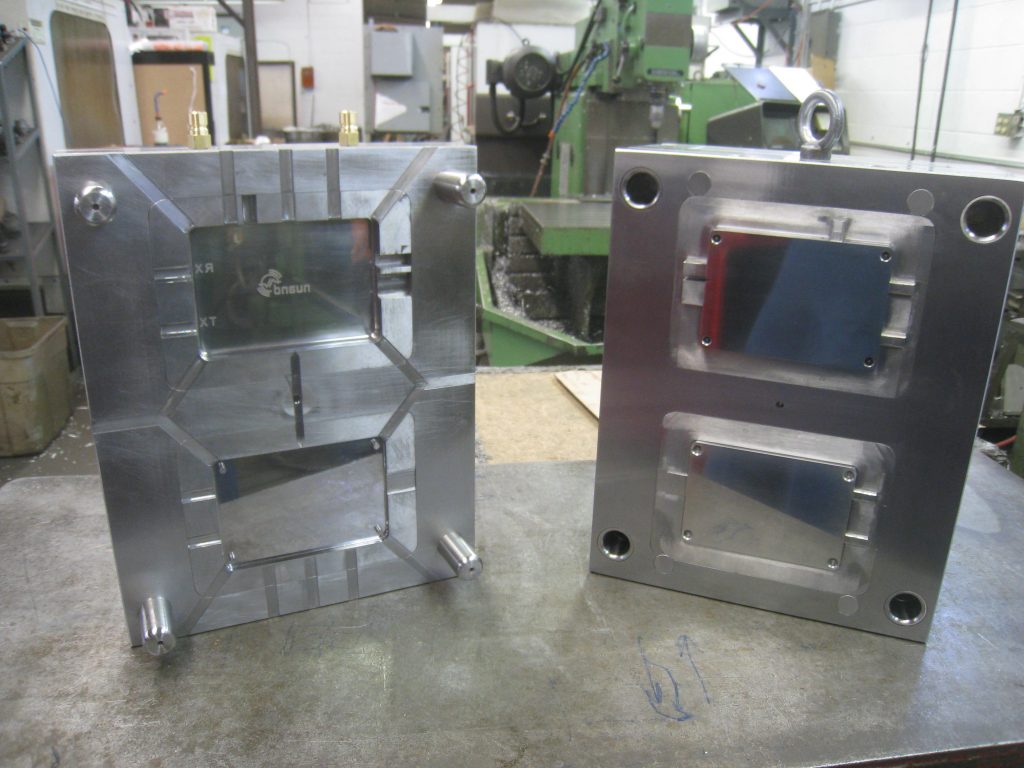
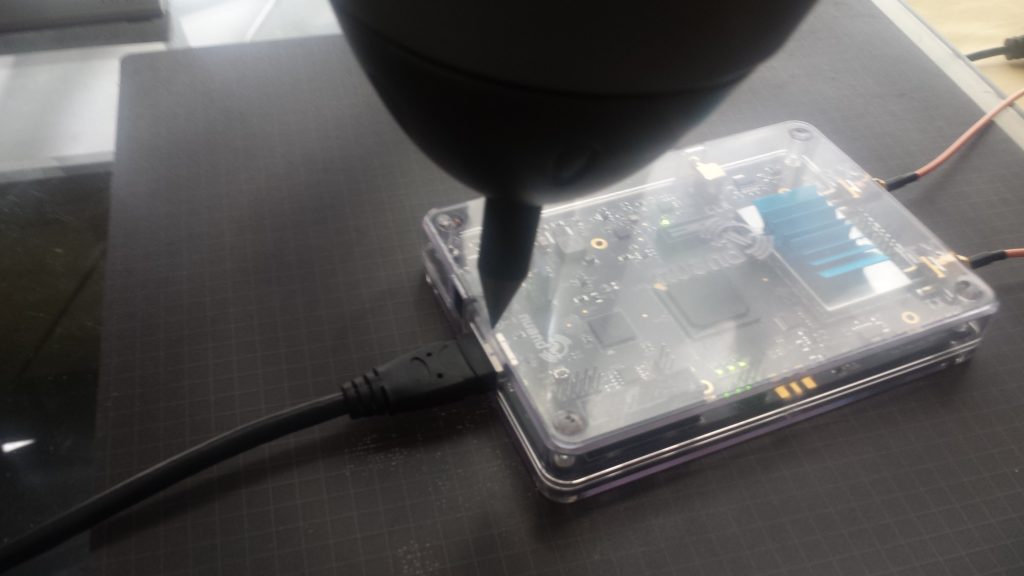
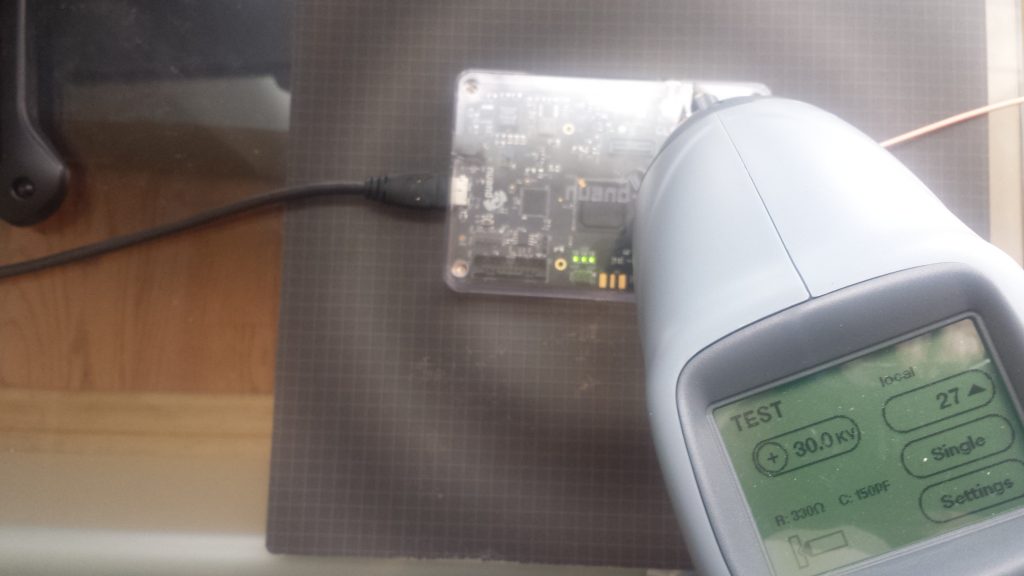

Recent Comments